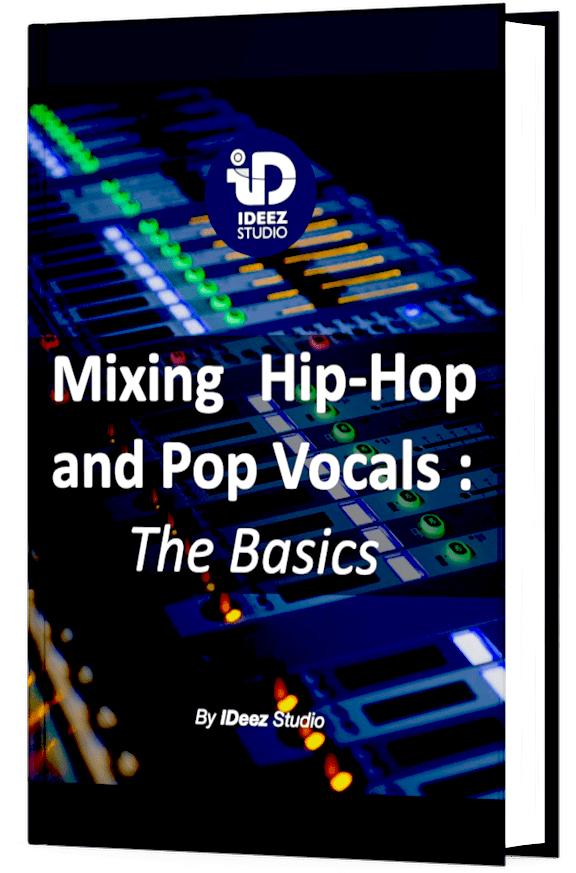When it comes to creating music, there are two paths you can take at the beginning of the process: Songwriting and composition. Often used interchangeably, these terms hold distinct meanings and processes. In this article, we will see what are the exact differences between songwriting and composition, highlighting their unique characteristics and exploring the creative worlds they encompass.

If you were to ask me the difference between songwriting and composing, in a sentence or two, here’s what I’d say:
Songwriting is the art of crafting emotionally resonant narratives through the synergy of lyrics and melody, aimed at connecting with a wide audience, while composition encompasses the creation of intricate musical structures and textures, often pushing the boundaries of musical innovation across various genres and styles.
But if the two terms are constantly confused, even by professionals, there’s a good reason for it. Let’s take a closer look at what each process consists of. But also what brings them together… and what separates them!

Songwriting
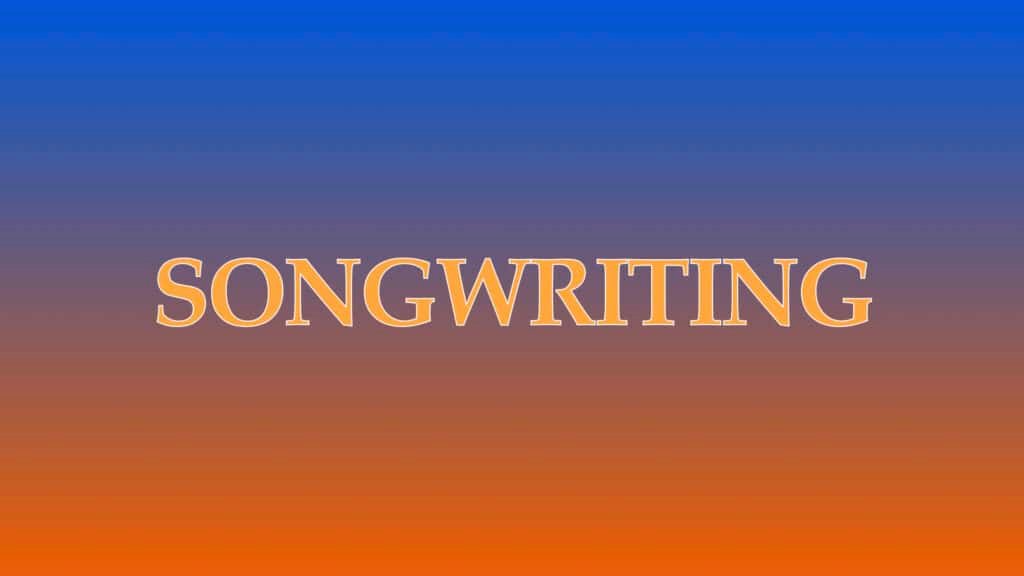
At its core, songwriting involves crafting a song with a focus on lyrics, melody, and a focus on the connection between the two… and with the audience! The priority of songwriting is to convey a story, emotion, or message through a combination of words and music. This process creates songs that are relatable and resonate with listeners on a personal level.
A. Lyrics

Lyrics are a fundamental component of songwriting, if not the most important.
When it comes to songwriting, crafting impactful lyrics requires a delicate balance of artistry and relatability. Every word is carefully chosen to evoke specific emotions. The rhythm of the words aligns with the melody, creating a harmonious marriage between language and music.
Generally speaking, professional songwriters have the amazing ability to play with language to create something that stays in the listener’s mind. They use rhyming schemes, metaphors, and other lyric-writing techniques to draw what they have in mind as their final work of art.
In other words, lyrics-writing is a bit like transforming words into a powerful force that can uplift, console, and inspire. In the end, lyrics give songs their deep identity and allow listeners to connect with the artist through his/her music. Lyrics are the storytellers that bring melodies to life and invite us into the artist’s world.
B. Melody
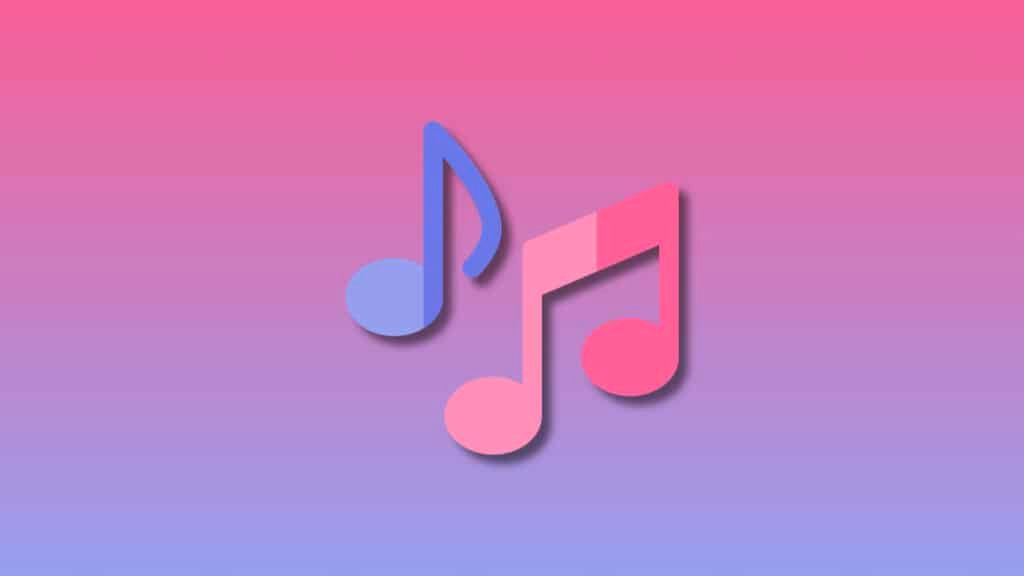
Melody can be seen a the essence of a song, the part that hums in our heads long after the music stops. The melody of a song carries the emotions and message of the lyrics to complete new heights.
Believe me, crafting a memorable melody is an art form in itself. A well-crafted melody flows seamlessly, effortlessly weaving its way through the words and emotions of the lyrics. Generally, listeners find comfort in its familiarity, yet delight in unexpected twists and turns.
A good and “efficient” melody mirrors the emotions of the lyrics. For example, joyful moments might be accentuated with uplifting leaps, while more reflective passages could be expressed through gentle, lilting phrases. The interaction between melody and lyrics is essential to create a unique and attractive song.
Keep this mind: A great melody has the power to transcend language (wow, how deep it is, I love it!). It is supposed to reach deep within us, resonating on an emotional level that literally defies explanation. Whether it’s a simple hum or a complex vocal line, the melody is the magic that turns words into music.
C. Chord progression

In songwriting, chord progressions provide the essential framework that supports the melody and amplifies the emotional impact of the lyrics.
Different progressions convey totally different feelings. From minor to major, to all the different “theoretical” approaches of music creation, chord progressions can take the listener’s mind onto many different ways. And all this in the same song, which is the beauty of music.
For exemple, unexpected chord changes can add intrigue and depth to a song. These surprises capture the listener’s attention, creating moments of tension and resolution. A well-crafted chord progression enhances the overall narrative, allowing listeners to feel the emotional nuances even before the words are sung. Which is, honestly, completely crazy when you think about it.
The real art lies in finding the balance between familiarity and innovation. Creating something that resonates with listeners while also offering a fresh perspective.

Objectives of Songwriting
Songwriting is typically focused on creating music that resonates with a broad audience. This is exactly the reason why the term “songwriting” is widely used in pop music. It aims to capture emotions and experiences that listeners can relate to, fostering a connection between the artist and the audience.
Composition

Before diving more deeply into the heart of the matter. Let’s start by briefly defining what musical composition is.
Composition is a term encompassing the creation of musical works that may or may not involve lyrics. It is a process that extends beyond the realm of popular music and delves into classical, experimental, electronic, and avant-garde genres. In short, composition revolves around the intricate arrangement of musical elements to create a cohesive and meaningful whole.
As you can understand, the term “composition” is broader than songwriting. As it may not involve lyrics, catchy melodies and chord progressions.

A. Structure and form
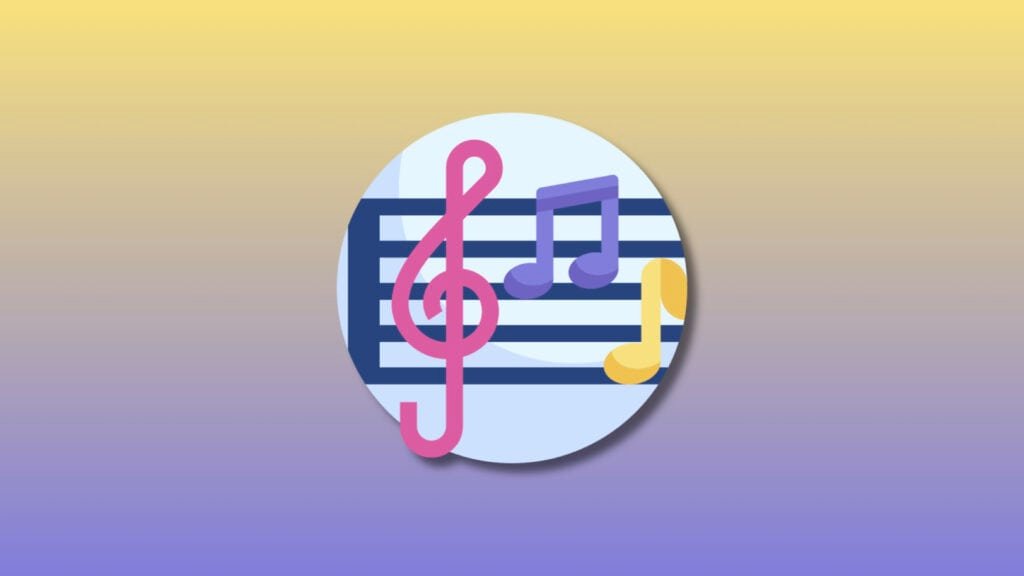
Structure and form can be seen as the blueprints that guide the creation of a composition. Just as a story is divided into chapters or acts, a composition’s structure determines how its musical elements are arranged to create a coherent and engaging whole.
In composition, the chosen structure and form dictate the pacing and development of the work of art. And each form has its own rules! This gives the music a sense of purpose and direction, allowing listeners to anticipate the progression of themes and motifs.
The way a composer crafts a composition’s structure can evoke emotional responses and highlight narrative themes. But the beauty of composition lies in its potential to break free from traditional structures and experiment with new forms.
Nowadays, composers often blend and blur boundaries. Whether adhering to classical forms or forging new paths, structure and form literally guide the composer, shaping the musical narrative for the listener to explore.
B. Instrumentation
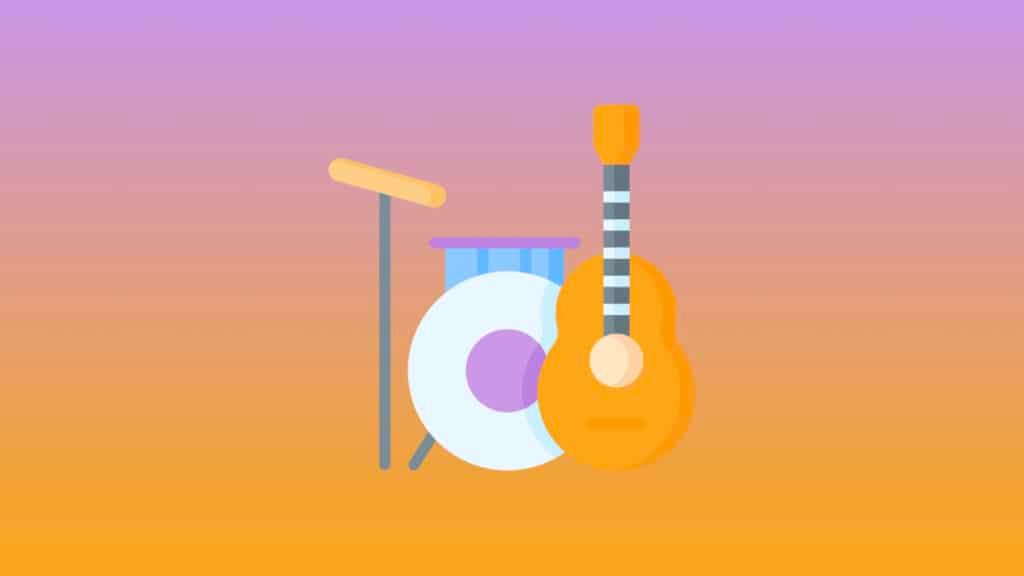
In the field of composition, instrumentation plays an enormous role in the overall texture, timbre and atmosphere of the work of art created by the composer.
Each instrument will bring its unique touch to the composition. The choice of instruments establishes the overall sonic identity. Composers will always consider the emotional resonance of each instrument, selecting them based on how well they convey the intended mood and message of the composition.
Composition is actually all about creating layers of sound that interact with each other and create a unique and harmonious whole. Effective orchestration enhances the piece’s complexity, allowing listeners to appreciate the intricate interplay between various sonic elements.
But don’t think that composition is only for “classical” instruments such as violins, trombones or other instruments usually found in an orchestral setting. Today’s technology makes it possible to go much further!
Indeed, modern composition often includes synthesizers, virtual instruments or other digitally generated textures. This hybrid marriage is creating more and more out-of-the-ordinary compositions.
In essence, instrumentation is all about influencing how listeners experience and interpret the music. By expertly selecting and arranging instruments, composers create a rich tapestry of sound that envelops the audience.
C. Harmony and counterpoint
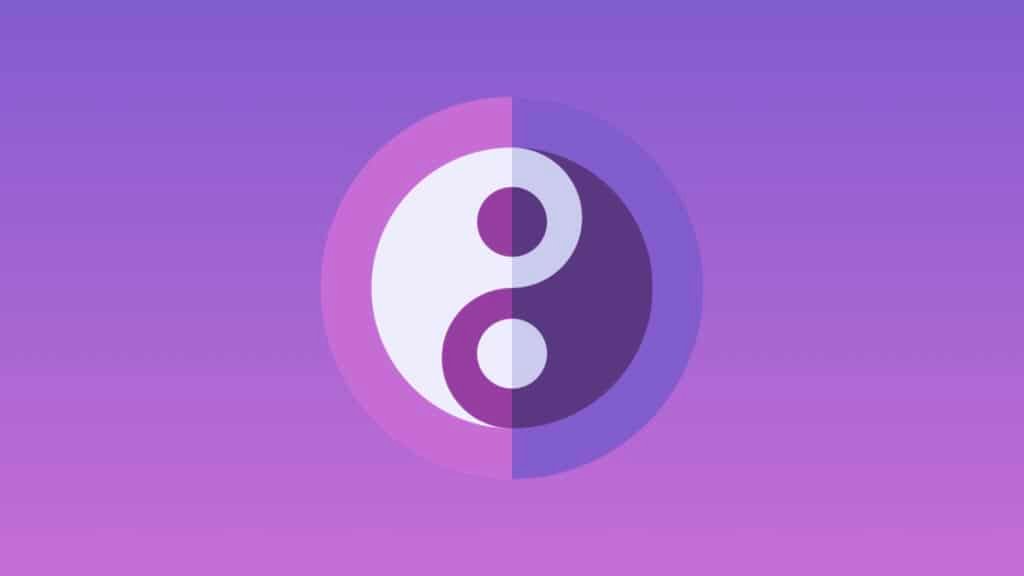
Harmony and counterpoint are the intricate threads that weave together the fabric of composition, shaping the interactions between musical voices and creating a sense of depth and complexity. Let’s see what these two terms involve…:
Harmony involves the simultaneous sounding of different notes to create chords and progressions. Harmony can provide stability or tension, and its progression can mirror the flow of the narrative.
Counterpoint is the art of combining independent melodic lines that are harmonically interdependent. Well-crafted counterpoint creates a sense of unity and complexity, as melodies intertwine, complement, or contrast with each other.
Harmony and counterpoint often work hand in hand. While harmony provides the harmonic structure, counterpoint contributes to the intricate web of melodies that dance above it. Skilled composers manipulate both elements to guide listeners’ emotional responses.
Together, they create a musical landscape where the relationships between sounds become just as important as the sounds themselves. Through these elements, composers craft dynamic and expressive compositions that engage the listener’s intellect and emotions alike.

Objectives of Composition
Composition often focuses on evoking emotions and tell stories, it might do so through abstract or unconventional means. Composers have the freedom to explore intricate harmonies, complex rhythmic patterns, and avant-garde techniques to create music that challenges the listener’s perceptions.
Conclusion
In the field of music creation, songwriting and composition emerge as distinct yet interconnected threads. Songwriting focuses on weaving emotive narratives through relatable lyrics and melodies, fostering a direct connection with audiences. Composition, on the other hand, extends its artistic reach into diverse forms and sonic territories, often pushing boundaries and challenging perceptions.
As creators and listeners, it’s essential to recognize and appreciate the nuances of both songwriting and composition. Both avenues enrich the musical landscape and reflect the boundless potential of human creativity.
If you have any questions about songwriting and composition or about anything in the field of music production, please make sure ton contact me, I’m always very happy to help!
Related Articles:
My favorite tools for mixing pop and hip-hop music:
Plugins
In the field of auto-tune, I’m convinced that nothing’s better and more efficient than Antares Auto-Tune Pro. As for the EQ’s, FabFilter Pro-Q3 and Slate Digital Infinity EQ are, in my opinion, the best tools. For compression, I have 2 favorites plugins: Waves RComp and UAD EL8 Distressor.
As for reverb, I’m a big fan of the Soundtoys Little Plate, but generally, I go for the Valhalla VintageVerb for its versatility. I also love the Arturia Rev PLATE-140 and the UAD Pure Plate for its organic side.
Headphones
The closed headphones I love and will always love using for mixing pop and hip-hop music are the Beyerdynamic DT-770. As for the best open-back headphones, I use the Sennheiser HD600 headphones, and I’m really happy of them!
Monitors
Having a pair of Yamaha HS7 in its studio or home studio is always cool for more excitement while listening to your mixes. The Adam Audio T7V monitors are also super accurate. In my studio, I also have a pair of Genelec 8030 for their reliability.
Hardware gear
For anyone who wants to start using hardware in their mixes, I always recommend these 2 units from Klark Teknik: the EQP-KT and the 76-KT. Don’t forget to use good converters, such as the Apollo interfaces. This is essential for a good rendering.



